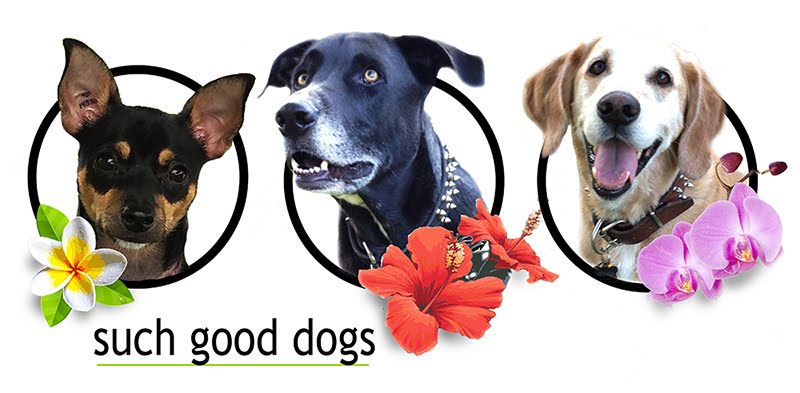Today's Trainer Tip:
Enjoy a summer snack with your dog with watermelon.
Healthy foods that are GOOD to give to your dog:
Apple
Banana
Berries- blueberry, blackberry, strawberry, raspberry
Broccoli *small amounts
Carrot
Cashews *small amounts
Coconut
Corn
Cucumber
Eggs *cooked
Green beans
Melons- watermelon, cantaloupe, honeydew
Oatmeal
Peanuts/ Peanut Butter *without xylitol
Quinoa
Sweet Potato
Yogurt
Foods you should NOT give your dog:
Alcohol
Almonds
Avocado
Candy/ Gum
Chocolate
Coffee/ Caffeine
Cinnamon
Dairy Products
Citrus
Garlic
Grapes
Ice cream
Macadamia nuts
Mushrooms
Onions
Raisins
Salt
Sugar
Yeast Dough
Other Helpful Articles:
Trainer Tip: Human Food for your Dog
Trainer Tip: Begging






















